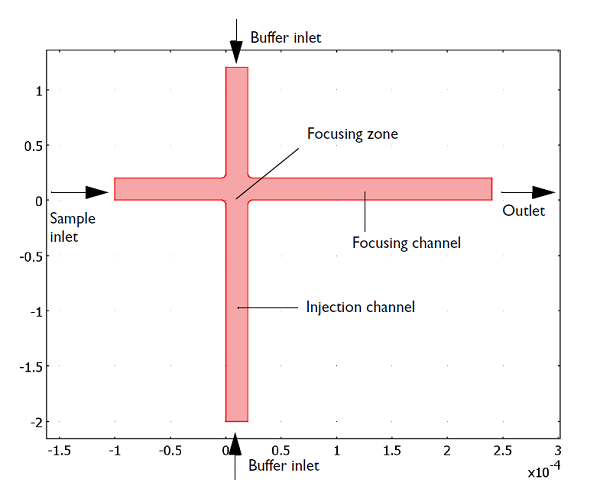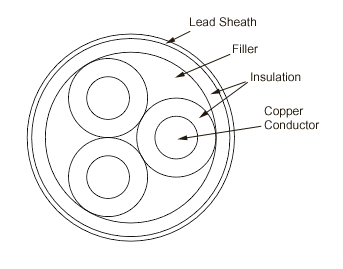Search Results

Learn About Structural Corrosion Modeling from NRL
Structural corrosion modeling has long been considered a tough problem to solve. The combination of coupled physics effects and metal shape change pose quite a computational challenge. Fortunately, engineers have found that multiphysics software brings a solution. A great example of this is coming up at the COMSOL Conference 2013 Boston this fall, when Dr. Siddiq Qidwai from the Naval Research Laboratory will take the stage and let us in on how to properly model structural corrosion.

New Approach to Electronics Cooling Using a Corona Discharge
You may be familiar with the humming start of the mechanical fan that turns on when booting up your laptop computer. Such a fan is necessary to prevent electronic devices from overheating, and the accompanying whirring sound of the cooling system is an unavoidable side effect. As electronic devices become smaller, this mechanical fan must decrease in size as well, and therefore spin faster and faster in order to deliver the same amount of heat dissipation as a larger fan. […]

Simulating Pesticide Runoff, the Effects of Aldicarb
When pesticides are used in crops to control pests, their effects on the environment continue even after they have served their purpose. Pesticides can leach into the soil and water sources that both humans and animals depend on, spreading harmful chemicals to the surrounding ecosystem. Over time, their active ingredients are detoxified through different reactions that occur after their release, eventually degrading them into harmless products. Understanding the pesticide runoff patterns and mobility of various pesticides before and after they […]

Using a Microfluidic Valve to Separate Charged Particles
When you think of a valve, what is the first thing that comes to mind? Electromagnetic waves, or perhaps, Stokes flow separating charged chemicals in a microchannel system? Maybe neither. The truth is, when researchers try to separate small (in the picoliters region), well-defined sample volumes of chemicals, the dispensing accuracy provided by a mechanical regulator probably won’t suffice. An electrokinetic valve, a type of microfluidic valve, on the other hand, provides the perfect solution by giving researchers the flow […]

Analyzing Electrical and Thermal Conductance in a Contact Switch
A contact switch is used to regulate whether or not an electrical current is passing from a power source and into an electrical device. These switches are found in many types of equipment and they are used to control, for example, the power output from a wall socket into a device when it is plugged in; the currents passing across the circuit board of a computer; or the electricity powering a light bulb when the switch is flipped on. Because of their […]

Success Stories and Limitations of 3D Printing
From supporting research to creating custom prosthesis, what doesn’t 3D printing seem to promise these days? We all know 3D printing has arrived, and the technology is already being put into practice by companies and tech-savvy consumers everywhere. It seems there’s a new 3D printing success story published every day, and no matter how fascinating, it makes you wonder about the wider repercussions and limitations of 3D printing.

Simulating Thermal and Electrical Stresses in Medium Voltage Cables
Underground medium voltage cables are often used to deliver electrical power from a transmission system and into the home of consumers. In the United Kingdom, these cables carry hundreds of amps at voltages between 11 and 33 kV, a typical voltage of electrical transmission cables around the world. Analyzing the stresses that these cables are exposed to over their lifetime is important for ensuring both consumer safety and energy efficiency. Researchers from the Glasgow Caledonian University in Scotland used COMSOL […]

Past, Present, and Future of 3D Printing
There are many necessary steps required in order to create a superior product. Based on some initial (or existing) design, you first need to evaluate the physical characteristics of the system. Once some level of understanding of the system has been obtained, it should then be possible to refine and optimize the design based on some reasonable choice of a figure of merit for a good design. The final stage is to prototype the design, which is where 3D printing […]
